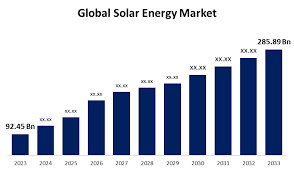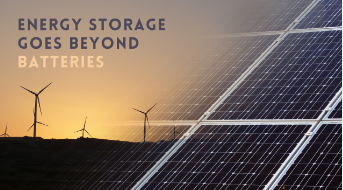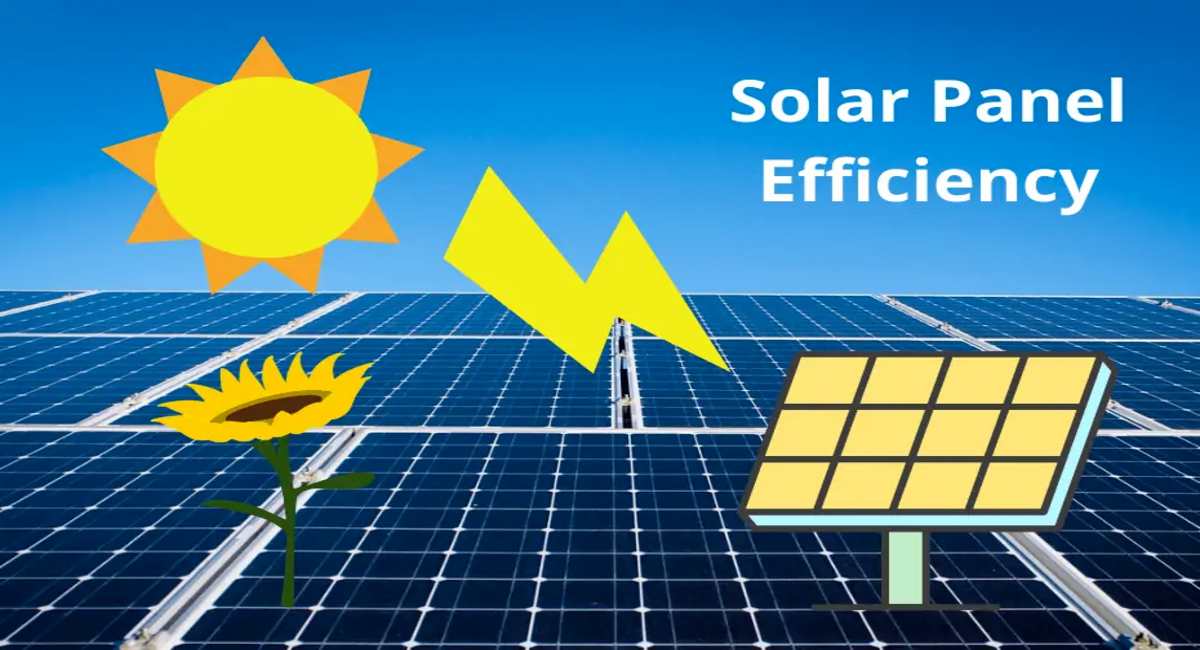The Global Solar Panel Market Growth and Challenges

The solar panel market is witnessing remarkable growth, driven by rising demand for clean energy, government incentives, and technological advancements. As the world moves towards a sustainable future, solar panels are becoming a cornerstone of global energy strategies. However, this growth is accompanied by challenges that must be addressed to ensure long-term success.
Global Market Growth
1. Increasing Adoption Across Sectors
Solar energy has expanded beyond residential use to commercial, industrial, and agricultural applications. Businesses are investing in solar technology to reduce operational costs and meet sustainability goals.
- Residential Growth: Falling costs of solar panels have made installations more accessible for homeowners.
- Commercial Use: Solar farms and rooftop installations on office buildings are scaling up rapidly.
2. Technological Advancements
Innovations in solar technology, such as bifacial panels, perovskite cells, and thin-film technologies, have significantly improved efficiency and reduced production costs.
- Higher Efficiency: Modern panels convert more sunlight into electricity, making solar a more viable option in areas with limited sunlight.
- Durability Improvements: Panels designed to withstand extreme weather are increasing their global appeal.
3. Government Incentives and Policies
Supportive government policies, tax credits, and subsidies are accelerating solar adoption.
- Net Metering: Encourages homeowners to install solar panels by allowing them to sell excess energy back to the grid.
- Renewable Energy Targets: Countries like China, the U.S., and Germany are setting ambitious goals to transition to renewable energy.
Challenges in the Solar Panel Market
1. Supply Chain Constraints
The solar industry relies heavily on raw materials like silicon and silver, which are subject to supply chain disruptions.
- Material Shortages: Rising demand has outpaced the production of key components, causing price volatility.
- Dependence on Limited Suppliers: Countries with limited domestic manufacturing are vulnerable to international market fluctuations.
2. High Initial Costs in Some Regions
While solar panels are becoming more affordable, the initial installation costs remain prohibitive in certain developing countries.
- Financing Barriers: Limited access to credit or financing options slows adoption in low-income areas.
- Infrastructure Costs: Off-grid solar systems require additional investment in storage and maintenance.
3. Recycling and End-of-Life Management
With millions of panels reaching the end of their lifespan in the coming decades, proper recycling processes are critical.
- Recycling Gaps: Lack of infrastructure for recycling old panels creates environmental concerns.
- Toxic Waste Risks: Panels contain materials that, if not disposed of correctly, can harm the environment.
4. Regional Disparities
The adoption of solar energy is uneven globally, with developed countries leading the charge while many developing regions lag behind.
- Policy Inconsistencies: Some nations lack supportive policies or incentives for renewable energy adoption.
- Energy Infrastructure: Developing countries often lack the grid infrastructure to fully utilize solar power.
Emerging Trends in the Solar Panel Market
1. Floating Solar Farms
Utilizing water bodies for solar installations is becoming a viable solution for land-scarce regions.
- Advantages: Reduced land use and higher efficiency due to cooling from water.
2. Solar and Energy Storage Integration
Combining solar panels with advanced battery technologies ensures a consistent power supply even during cloudy days or nighttime.
3. Decentralized Energy Systems
Community solar projects and microgrids are gaining popularity, especially in rural and off-grid areas.
The Path Ahead: Overcoming Challenges
To sustain growth, the solar panel market must address its challenges through innovation, policy reform, and global collaboration.
- Strengthening Supply Chains: Diversifying suppliers and investing in local manufacturing can mitigate disruptions.
- Reducing Costs: Governments and private entities must work together to make solar energy affordable for all.
- Promoting Sustainability: Establishing robust recycling programs ensures that the environmental benefits of solar energy are not undermined by waste.
Conclusion
The global solar panel market is on an upward trajectory, poised to play a pivotal role in the transition to renewable energy. While challenges persist, they are not insurmountable. With innovation, strategic planning, and international cooperation, the solar industry can overcome these obstacles and lead the way to a cleaner, greener future.
For more insights on the latest trends in solar energy, visit SolarPrice.com.




